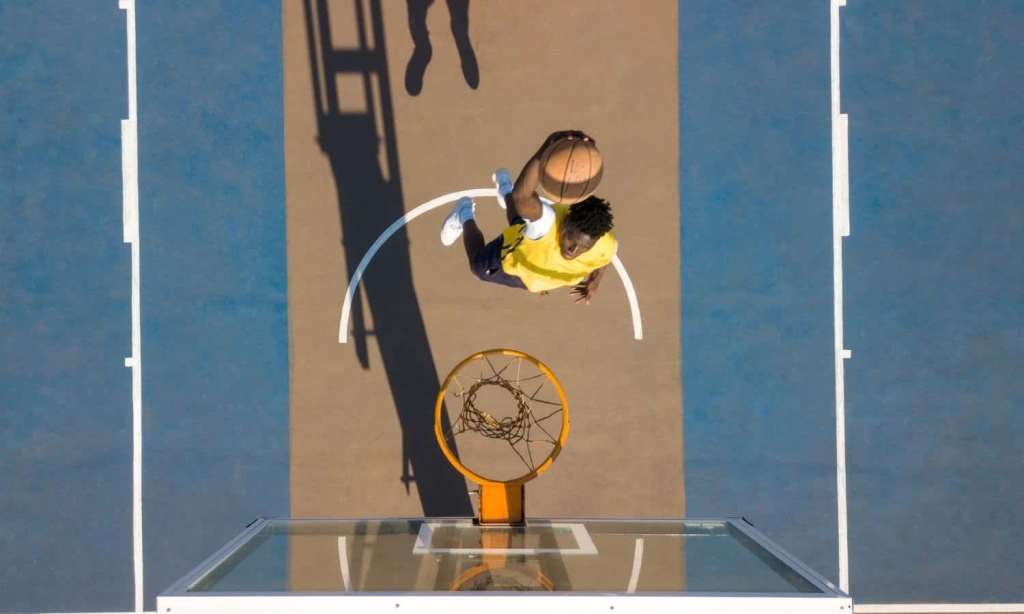You’ve had a series of great workouts and you’re feeling good. Then, one day, you wake up and as soon as your eyes open you can feel it. Your whole body is sore and your legs ache. Don’t even get started on the experience that is sitting down on the toilet. And, this usually happens two to three days post-workout.
This isn’t a phenomenon that occurs after every workout though. According to Live Science, it generally happens when you do new or particularly intense exercises that your body isn’t used to.
Known as delayed onset muscle soreness (DOMS), the burning and achy feeling will usually make its self known 24 to 72 hours after your workout. But don’t worry, this soreness doesn’t mean you’ve done something wrong.
“It indicates you’ve stretched your body to the point that you’ve caused some muscle changes,” Dr Michael Jonesco, a sports medicine physician at The Ohio State University Wexner Medical Centre, told Live Science. “Soreness is a by-product of healing.”
When your muscles contract during exercise, this causes microscopic tears along the muscle and connective tissues. The tears don’t cause you pain — it’s actually the muscle repairing itself that causes soreness.
According to Live Science, the “damaged” muscle also sets off a chain reaction of inflammation and in response, electrolytes like calcium start to accumulate. A study in 2016 found that your immune system also sends immune cells (called T-cells) to the site of damage.
Scientists aren’t exactly sure how these processes equal soreness and pain “but it’s likely that they come together to trigger both healing and pain,” said Jonesco.
It’s commonly believed that lactic acid build-up is the cause of DOMS, but according to a study from 1983, it doesn’t actually stay in your body long enough post-exercise to cause soreness. In the study, participants’ levels of lactic acid was monitored and 45 minutes post-workout, the levels weren’t elevated but two days later, they developed DOMS.
If you are experiencing DOMS after trying a new exercise, you should take it easy in the next few days as attempting a strenuous workout could increase your risk of injury.
“Very light — and I emphasise light — exercise can get blood flowing and help that muscle loosen,” Jonesco said.
In most cases, DOMS is just a sign that your body is adapting to exercise. As you repeat the same exercise, your body shouldn’t experience the same level of soreness and pain going forward.
“A little bit of soreness indicates progress,” Jonesco said. “If you’re not having any soreness — it may be time to switch gears.”







